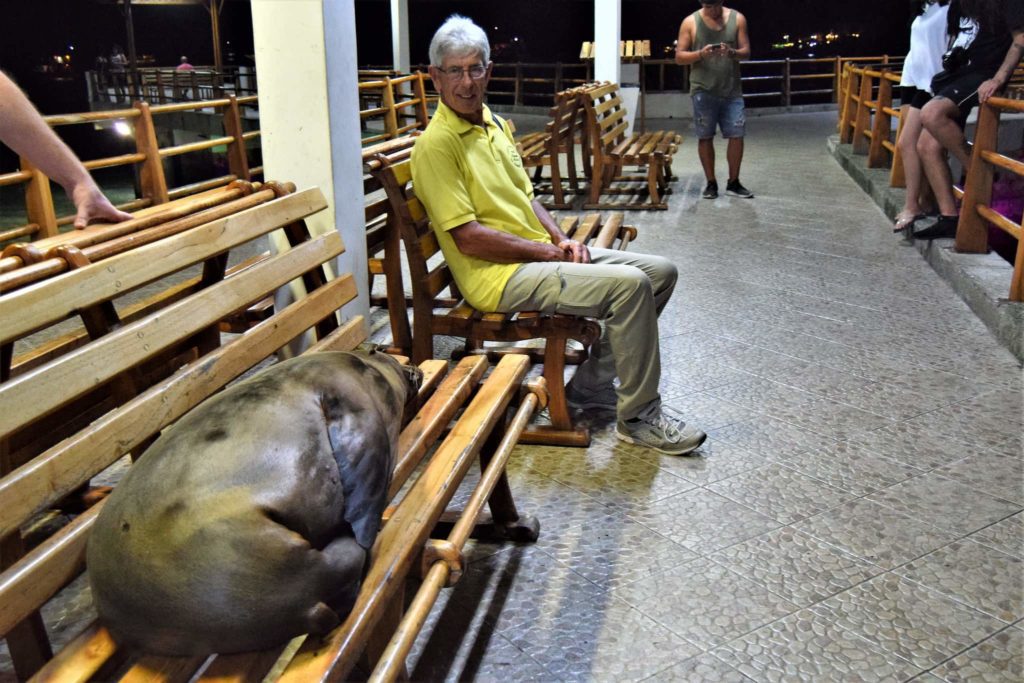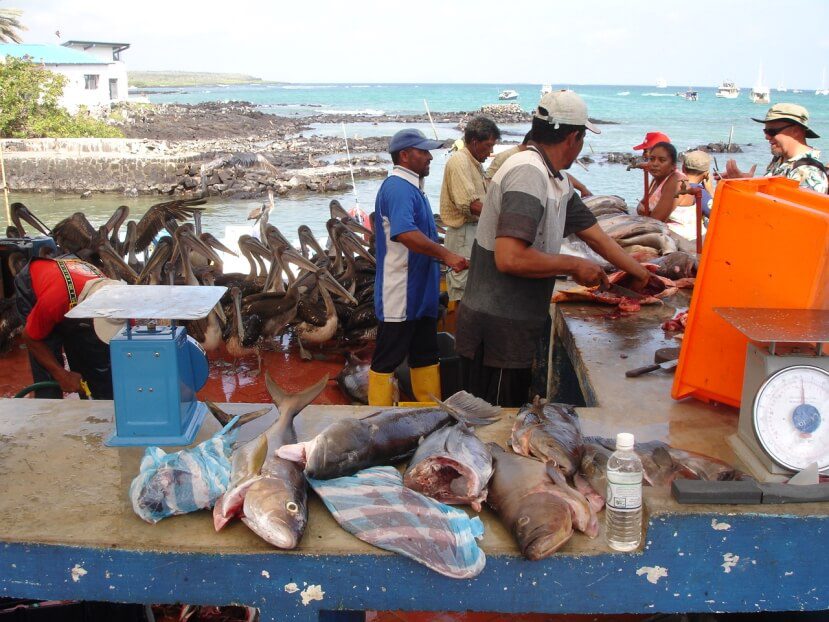The fact that people live in the Galapagos islands surprises many people. Despite being a national park, the largest islands in the archipelago are home to humans and the Galapagos flora and fauna. Who then resides on the Galapagos islands? The fact that only 3% of the islands’ land is populated and that the highly severe restrictions about new settlers were put in place years ago to control the population’s expansion may give you some peace of mind, even though it may appear unsettling to some. Around 25,000 people were estimated to be living there in 2010, according to the most recent census results. Of those, about 12,000 reside in Puerto Ayora (Santa Cruz Island), 6,700 in Puerto Baquerizo Moreno (San Cristobal Island), 2,000 in Puerto Villamil (Isabela Island), and about 200 in Puerto Velasco Ibarra (Floreana Island). Most of the galapagueños, or islanders, originate from the Ecuadorian mainland and are straightforward, amiable, and happy people.
TALK TO A DESTINATION EXPERT

Diego Zapata

Rosa Mena

Sandy Lara

Diego Zapata

Rosa Mena

Sandy Lara
COLONIALISTS FROM ECUADOR (SETTLERS)
The first attempts to establish small colonies in the Galapagos were made by Ecuador at the start of the 1800s, more as a show of territorial claims than as a genuine attempt to establish a permanent settlement. Once the islands were adequately acknowledged as part of Ecuador, they were mainly used as penal camps due to their extreme desolation and harshness.
A dictator and the government established certain gloomy institutions, such as the Wall of Tears on Isabela Island and El Progreso, commanded by Manuel J. Cobos on San Cristobal Island, respectively.
Although there were no longer any prison colonies on the islands by the 1950s, many islanders of indigenous descent may trace their ancestry to these prisoners.

General Jose de Villamil, leader of the Ecuadorian independence struggle, established his colony at Floreana, primarily housing ex-convicts and deserters from the Ecuadorian army. To pass ships, they frequently sold or traded any extra food they had, living mainly off whatever farming they could do on the arid Galapagos Islands.
The indigenous people of the Galapagos Islands are now dispersed around four major towns—that’s right, only four—located on the islands of Isabela, Santa Cruz, San Cristobal, and Floreana. These are places with strong economies that primarily rely on tourism and fishing. Galapagueños also rely on their agricultural practices and, more lately, coffee.
THE SALASACAS
The indigenous Salasacas people started traveling to the Galapagos from the mainland at the end of the 20th century. They settled on the busiest islands in the archipelago and established little settlements there. They are an ethnic community from Ecuador’s Andes area that speaks exclusively Kichwa and attends their private schools. They live in isolated island villages, keeping almost entirely to themselves.
European Ancestors
A somewhat unusual group of immigrants arrived in the Galapagos beginning in the late 1920s: Norwegians. Following a disastrous event in 1907, Norwegian seamen transporting coal from Australia to Panama were forced to abandon ship. They eventually arrived in Floreana Island, San Cristobal, and Guayaquil. From there, their romanticized tales of the Galapagos “tropics” spread throughout the globe, particularly in Norway, stoking people’s desire to go. It was just a question of time until a sizable contingent of daring Norwegians decided to board the hype train and discover what the islands were all about.
But most of them were short-lived. After quickly realizing that the islands were nothing as the stories had described, they packed up and left for home. These days, only a few families are still there.
This inflow of Norwegians coincided with a small number of Germans, the most well-known of whom were the Angermeyers and the Wittmers.

Javier Garcia

Eduardo Silva

Carolina Escobar
START PLANNING YOUR TRIP

Javier Garcia

Eduardo Silva

Carolina Escobar
Get in touch for more
CONTACT US
AN AMBITIOUS COEXISTENCE!
Those with the good fortune to grow up or be born here have learned to love and appreciate this enchanted location. They, together with the distinctive, peculiar, and indigenous species and vegetation, have become accustomed to coexisting with the original residents of the Galapagos. Not to add, they adhere to the rigorous guidelines of the Galapagos National Park with great care, frequently going so far as to serve as unofficial park rangers when they witness visitors veering off the designated trails or attempting to approach the creatures.
Even though the initial settlers of the archipelago were unaware of the vulnerability of the ecosystem they were beginning to live in, education has been crucial in helping Galapagos society develop a collective consciousness. You can share your experiences with locals throughout your Galapagos cruise, whether the island’s inhabitants or the naturalist guides and staff on board. So please don’t pass up this fantastic chance to learn from the Galapagos Islanders and be enthralled with their curiosity and friendliness!



